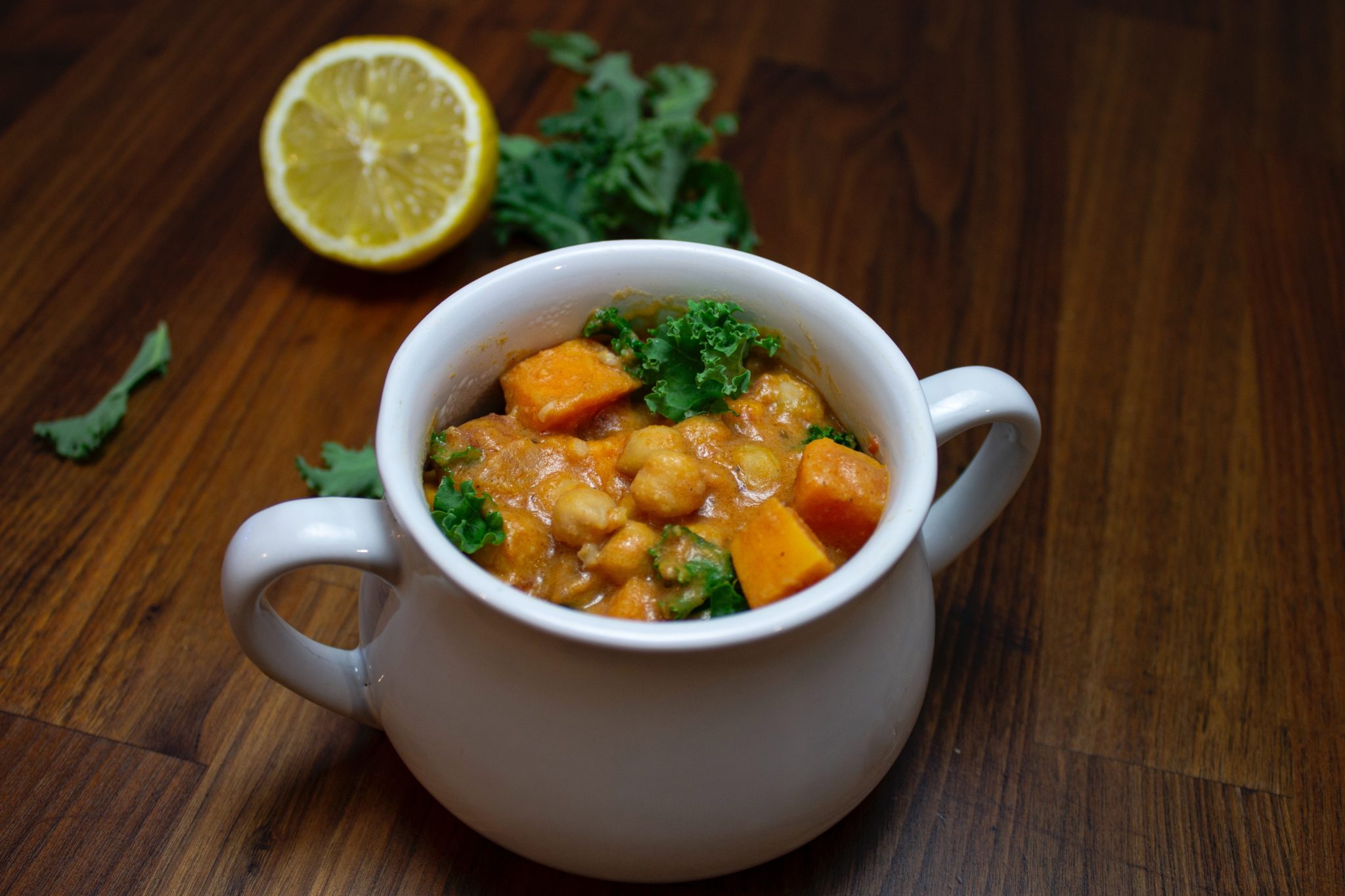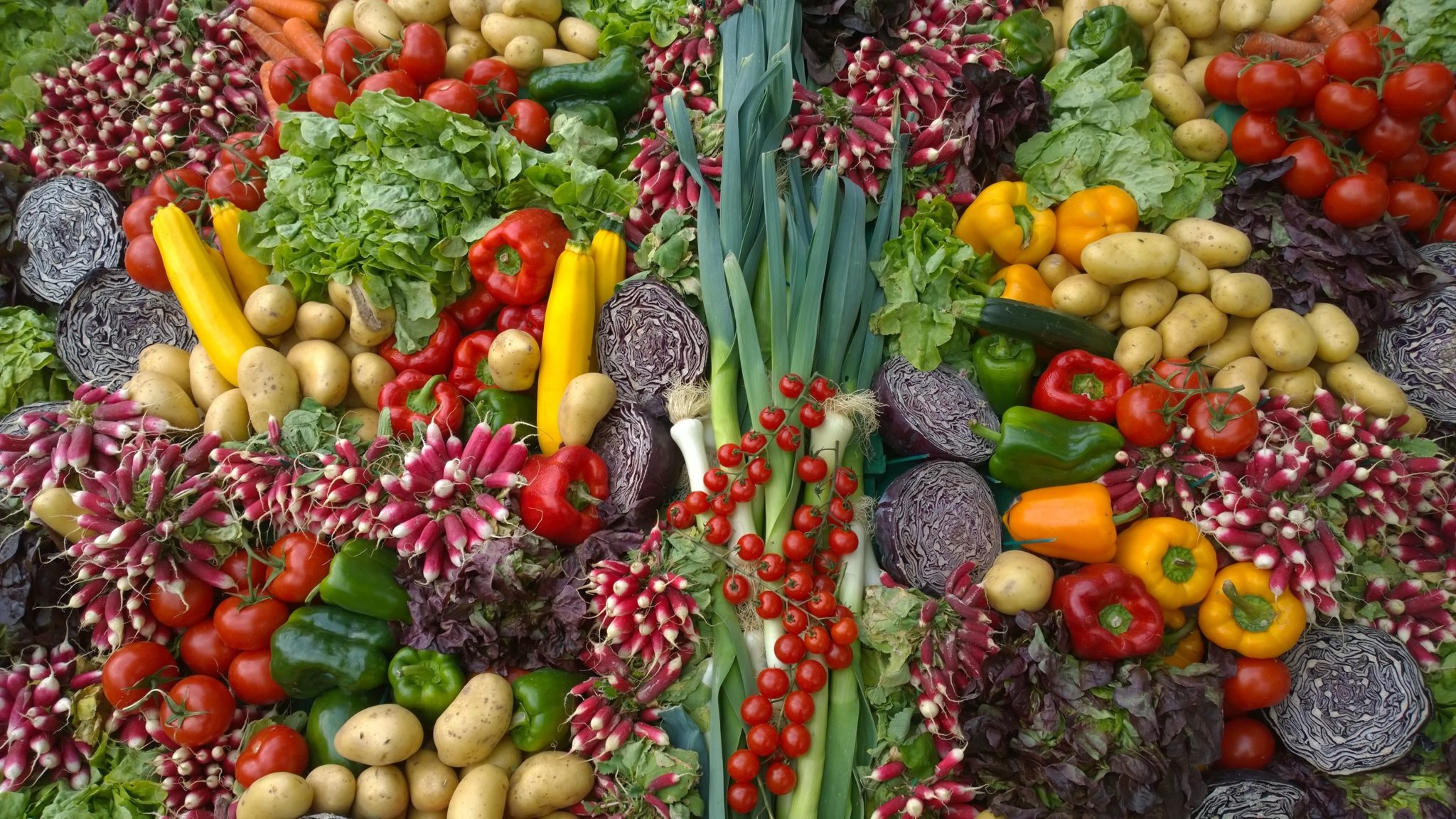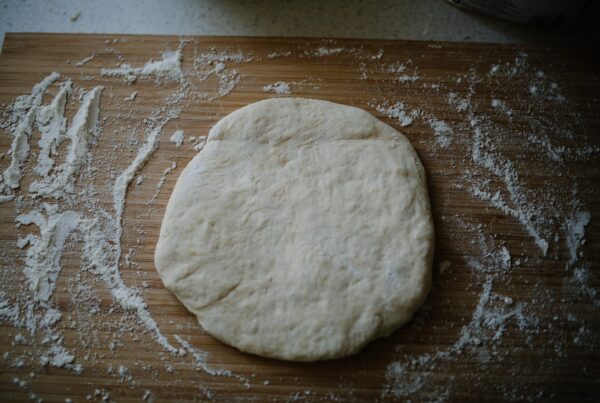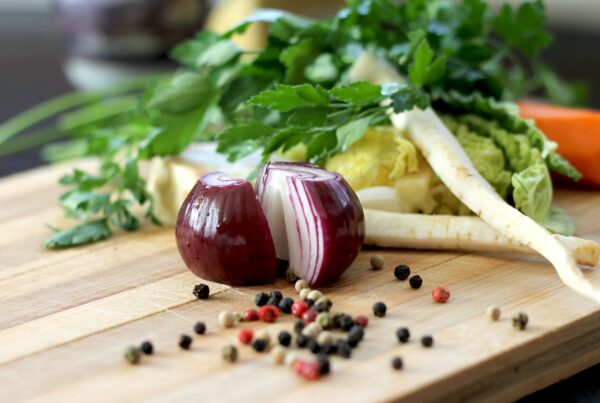L ent and food. They’ve gone together for as long as I can remember. I grew up in a very Catholic community, so I remember lots of Friday night fish fries, because the Catholic community typically doesn’t eat meat on Fridays during Lent. I also remember when I started practicing fasting during Lent, and early on it was often food that I gave up. I would give up chocolate, or soda, because my youth leader was encouraging us to fast, and giving up those small things seemed like it would be easy.
Today, my husband and I tie Lent and food together in a practice that is much more thought out, and is still pretty traditional. Every year for Lent, we stop eating meat. We do “vegetarian Lent.”
I was actually a full-time vegetarian when I met my husband, and whenever I would cook for him he would say things like “this is good, but it would be better with meat.” Over time, I convinced him that meals without meat can be delicious in their own right, and now some of his favorite meals are totally vegetarian. One of those is chickpea curry, which we often eat with rice or spoon over baked sweet potatoes.
Fast forward 8 years. We’re now a family of four, eating meat a few times a week, and making a huge effort to get our littles to eat anything green. But for the season of Lent, we make an intentional shift away from meat. When we talk to our kids about this, we say, “During Lent, we give things up, to show that we love God more than we love things, and more than we love getting our own way. We make sacrifices, like not eating meat, to remind ourselves that God is more important to us than anything else.” And I think, for us, that’s really true. Lent is a season of repentance, of turning away from our sin and from the idols that we have made of things, and focusing on God with intention. Because food is a central part of our lives, we give some of that up, and it reminds us three (or more) times a day that God is bigger than our own wants, but that God provides for all of our needs.
Now, before anyone thinks that we make our green-vegetable-averse children give up meat for 40 days, I want to say that this is something we do as adults. We talk to our kids about Lent, we encourage them to do things that remind them to love God with their whole hearts, and we let them see us giving things up. But we still send salami in lunch boxes, and put chicken on the side of their plates at dinner, because they don’t want to give up meat, and we don’t think that Lenten fasting is about forcing things on anyone. We do offer lots of their favorite vegetarian meals during Lent, and we celebrate that we can all eat and turn our attention to God together. Hopefully, when they are older, they’ll decide to join us; or they’ll choose something else that is meaningful to them and fast from that. Until then, I’ll be thankful that they also enjoy chickpea curry and baked sweet potatoes.
If you want to give up meat for the Lenten season, but don’t want to go entirely vegetarian, consider meatless Monday, or fish fry Friday. And if you need a recipe to get you started, try my chickpea curry on sweet potatoes.
Featured recipe
Vegetarian Chickpea Curry
A flavorful vegetarian dish that the whole family will enjoy

Ingredients
- olive oil or coconut oil
- 1 medium onion, chopped
- 1 red or orange bell pepper, chopped
- 4 garlic cloves, minced
- 1 tbsp fresh ginger, minced
- 1-2 tsp red curry paste
- Large handful of cherry or grape tomatoes
- zest of 1/2 lemon, juice of whole lemon
- 1 can chickpeas, drained and rinsed
- Large handful of spinach leaves, chopped or torn
- 1 can coconut milk, full fat preferred
- squirt of sriracha or spoonful of sambal (optional)
- salt to taste
- cilantro for garnish
Can be served with roasted sweet potatoes or rice
Instructions
- In a large skillet or wok, over medium heat, heat oil and cook onion and bell pepper about 5 minutes.
- Add the garlic, ginger, curry paste, and sriracha or sambal, if using, and cook for another minute.
- Add the tomatoes, lemon zest and juice, and cook until the tomatoes start to burst, stirring often.
- Add the chickpeas and cook on high until they begin to turn golden and are coated with the curry mixture.
- Add the spinach and cook until it begins to wilt. Pour in the coconut milk, bring to a simmer, stirring often, and cook until it begins to thicken. If you like your curry thicker, start with ½ of the can, and add more if needed.
- If you like more sauce (like we do!), add the whole can of coconut milk.
- Add salt to taste, and more sriracha if you want more heat.
- Serve over sweet potatoes or rice and top with chopped cilantro.

Stephanie Soderstrom
Stephanie Soderstrom is coordinator for Short-term Mission for the Reformed Church in America. You can connect with her by email at ssoderstrom@rca.org.



